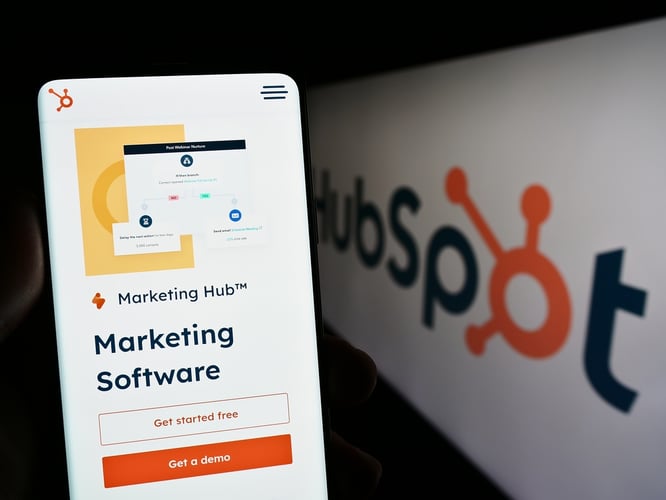A website that is easy to navigate is essential to provide a good user experience and improve the user's time spent on our site.
Intuitive and organized navigation facilitates access to information and increases the chances of conversion. In this article, we will give you some tips to make your website easy to navigate.
1. Design a clear and simple navigation structure
As a first point, it is essential to know that the navigation structure is one of the most important parts of an easy-to-navigate website.
It must be clear so that the user can find what they are looking for quickly and easily. To achieve this, we advise you to design an accessible and effective navigation menu with the most important and relevant sections at the beginning.
Also, use a logical content hierarchy, with these sections at the top of the navigation structure. You can also use the breadcrumb system to show the user's navigation path and help them orient within the site.
2. Use a responsive and adaptable design
The use of mobile devices to access the internet has significantly increased in recent years. Therefore, your website design must be responsive and adaptable to different screen sizes.
This means that the content will adjust automatically, allowing for easy and comfortable navigation for the user.
Likewise, a responsive design is beneficial for SEO, as Google rewards websites that offer a satisfactory user experience on any device.
3. Optimize site loading speed
Site loading speed is another important factor in user navigation. A slow website can increase the bounce rate and decrease the time spent on the page, so it is important to optimize its speed.
To do this, you can take some actions such as reducing the size of images, using quality web hosting, optimizing the site's code, among others.
It is also recommended to use tools like Google PageSpeed Insights to measure the site's loading speed and obtain improvement recommendations.
4. Use clear and simple language
Usability and accessibility are fundamental to easy website navigation. Using clear and simple language helps the user understand the content quickly, so avoid using technical jargon or words that are difficult to understand for the general public.
Additionally, it is important to use a readable typography and an appropriate font size to facilitate content reading, as well as opting for an attractive color palette to improve the visual accessibility of the site.
5. Facilitate information search
Offer different options for searching information on the website.
Apart from the navigation menu, you can use internal search tools so that the user can find what they need quickly and easily.
On the other hand, it is advisable to use tags and categories to organize content and facilitate the search for related information.
This can improve the user experience and increase the likelihood of finding what they are looking for, which in turn can increase the conversion rate and customer loyalty.
6. User Interface Design
The user interface design is one of the most important factors in making a website easy to navigate.
Choose a simple and user-friendly design that caters to the needs of your audience. Also, it is important to use a clear visual hierarchy so that users know what is most important and what they should do next.
Make sure that the design is consistent throughout the site so that users do not get confused or lost.
7. Content organization
Content organization is key to making a website easy to navigate. Group the content logically and coherently so that users can find what they are looking for quickly.
It is important that categories and tags are consistent and clear so that users can find the content they need.
It is also recommended to include a site map to facilitate navigation.
8. Website performance optimization
Website performance is one way a website can be easy to navigate.
Make sure it loads quickly so that users don't get bored and leave. Compress images and reduce file sizes to make it faster. Also, remove any unnecessary code that makes it heavier.
9. Usability testing
Usability testing is essential to evaluate how users interact with the website and if they find what they are looking for.
To do this, observe how they navigate through the site and what problems they encounter in finding what they need.
Use the results of the tests to make improvements and adjustments to the user interface and content organization.
10. Accessibility
Accessibility is crucial to making a website easy to navigate for all people, regardless of their abilities.
Therefore, it must be accessible to people with visual or hearing difficulties.
Use ALT tags for images so that users with visual impairments can understand what is in the image.
Also, make sure that the contrast of colors is high enough for them to read the content.
Conclusion
As you may have noticed, if a website is not easy to navigate, it is very likely that people will quickly abandon it.
Remember that people want to read what you do in the first 3 seconds, so it is expected that they will want to find what they are looking for in a short time, and if your site does not provide this information clearly, you can lose a large number of users.
Apply these tips to make your website efficient and easy to navigate, where your customers enjoy being.

.png?width=319&height=267&name=gtmetrix_2023%20(1).png)




